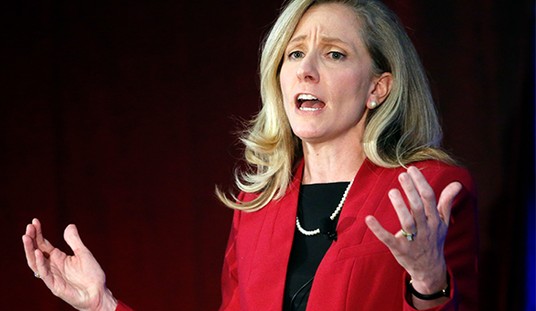How bad has it gotten? Dude.
On how he would evaluate the Obama presidency so far:
[Jimmy Carter]: “He’s done the best he could under the circumstances. His major accomplishment was Obamacare, and the implementation of it now is questionable at best.”
At best. And so, perhaps inevitably, we reach the Carter-nostalgia phase of the Obama presidency:
Americans who sign up for Obamacare will be getting a big surprise if they expect to access premium health care that may have been previously covered under their personal policies. Most of the top hospitals will accept insurance from just one or two companies operating under Obamacare…
Regulations driven by the Obama White House have indeed made insurance more affordable – if, like Health and Human Services Secretary Kathleen Sebelius, you’re looking only at price. But responding to Obamacare caps on premiums, many insurers will, in turn, simply offer top-tier doctors and hospitals far less cash for services rendered…
“Many companies have selectively entered the exchanges because they are concerned that (the exchanges) will be dominated by risky, high-using populations who wanted insurance (before Obamacare) and couldn’t afford it,” said Wilsensky, who is also on the board of directors of UnitedHealth. “They are pressed to narrow their networks to stay within the premiums.”
Consumers, too, will struggle with the new system. Many exchanges don’t even list the insurance companies on their web sites. Some that do, like California, don’t provide names of doctors or hospitals.
Turns out you can’t expand coverage, cap patient costs, and expect providers to work for less, just like you can’t create the conditions for a major adverse selection problem and expect insurers to flood into the new market. “Some hospitals and doctors don’t even know if they are in the network,” says one expert, a point also made in the WSJ story I flagged this morning about consumers often having no idea who’ the providers are in each plan offered on the state exchanges. That’s not a newly discovered “glitch,” either; the NYT noticed two weeks ago that asking people to comparison-shop among dozens of different plans without telling them which doctors accept which ones leaves them in the dark about a key consideration of their coverage. Essentially, if you’re trying to decide between three or four different plans, the only way to tell if a provider accepts any or all of them is either to call various doctors you’d like to see and run through it with them (imagine being the receptionist fielding hundreds or thousands of those calls) or go to the individual corporate website, find the plan you’re interested in, and then hunt around on the site to see if a particular doctor carries it. This is, of course, the opposite of what the online exchanges were supposed to do; the whole point was to allow for simple, one-stop shopping where you can compare the particulars of different plans side by side.
From what I can tell, the feds’ solution to the provider problem thus far has been simply to not talk about it. Which makes sense from a PR standpoint: Given all the other flaming wreckage they have to deal with, why force the issue of coverage networks being smaller than everyone anticipated until it’s absolutely necessary, i.e. on January 1, when coverage takes effect? It’s irresponsible, though, insofar as they’re pushing consumers to focus on the cost and comprehensiveness of the coverage they’re buying on the exchanges and that’s going to lead them to overlook the provider-network component, which will end up being a nasty surprise later in some cases. You’ve got middle-class people deciding to buy Plan A instead of Plan B because the former’s a bit more affordable and meanwhile, unbeknownst to them, the fine print says that Plan A includes far fewer providers than Plan B does. If you think the media’s been tough on O-Care lately, wait until January when “rate shock” segues into “provider shock.”








Join the conversation as a VIP Member